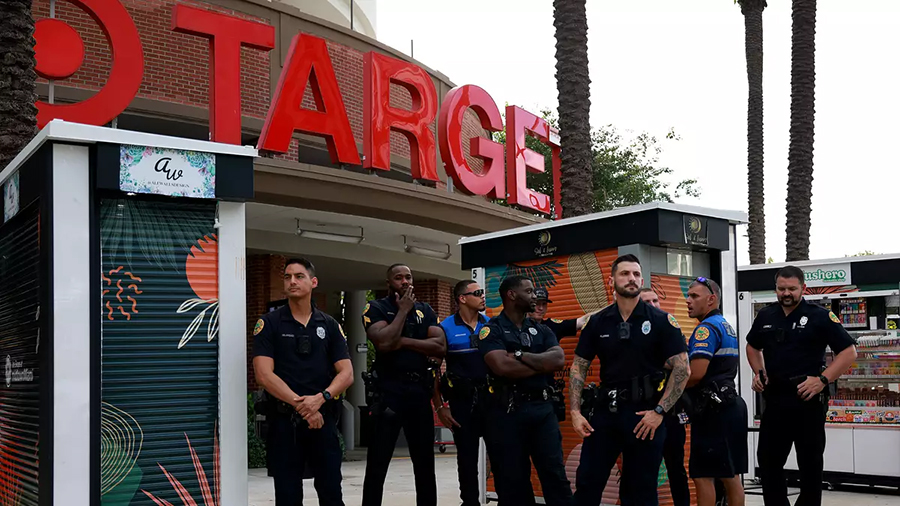According to the 2023 National Retail Security Survey* published by the National Retail Federation (NRF), retailers have seen a dramatic rise in theft-related financial losses, with shrink accounted for $112.1 billion in losses, up from $93.9 billion in 2021.
“Retailers are seeing unprecedented levels of theft coupled with rampant crime in their stores, and the situation is only becoming more dire,” said NRF Vice President for Asset Protection and Retail Operations David Johnston. “Far beyond the financial impact of these crimes, the violence and concerns over safety continue to be the priority for all retailers, regardless of size or category.”
According to NRF’s survey, the average shrink rate in FY 2022 increased to 1.6 percent from 1.4 percent the previous year. Shrink percentages can vary significantly by retail sector. On par with previous years, internal and external theft accounted for nearly two-thirds (65 percent) of retailers’ shrink.
Retailers reported that organized retail crime (ORC) remains a significant concern due to heightened levels of violence. More than two-thirds (67 percent) of respondents said they saw even more violence and aggression from ORC perpetrators than a year ago.
Even though retailers continue to enhance their loss prevention and asset protection measures, sometimes more drastic action is required. Retailers reported being forced to close a specific store location (28 percent), reduce operating hours (45 percent) or reduce or alter in-store product selection (30 percent) as a direct result of retail crime.
As violence has increased, more retailers have opted to enforce a “hands-off” approach in the apprehension of shoplifters. More survey respondents said no employees are authorized to stop or apprehend shoplifters (41 percent), compared with 38 percent last year.
The types of products shoplifters target may not be based solely on price. Products can range from high-price, high-fashion items to everyday products with fast resale capability. While ORC groups have traditionally targeted specific items or types of goods, the list has expanded to new categories, including outerwear, batteries, energy drinks, designer footwear, and kitchen accessories.
The Top 5 cities/metropolitan areas affected by ORC in the past year were Los Angeles, San Francisco/Oakland, Houston, New York, and Seattle.
As retail crime continues to evolve in scope and sophistication, so do retailer prevention efforts. When asked about resource allocation to address today’s risks, 34 percent of respondents said they have increased internal payroll to support their risks, while 46 percent have increased the use of third-party security personnel. Over one-half (53 percent) increased their technology and software solution budgets in the past year.
With violence being one of the most concerning risks, 54 percent of retailers said they have increased, or are increasing, employee workplace violence training.
“Retailers are piloting and implementing a number of loss prevention practices to deter, prevent and mitigate these substantial losses,” Loss Prevention Research Council Director Read Hayes said. “In addition to enhancing traditional security measures, many are also allocating resources to innovative emerging technologies for future prevention.”
Policy reform is another critical component of the retail industry’s efforts to combat ORC. Initiatives such as raising the felony theft threshold, the amount that must be stolen to be considered a felony, or removing or eliminating cash bail could have unintended consequences for retail theft. Nearly three-quarters (72 percent) of respondents reported an increase in the average value per incident in localities that raised their minimum felony thresholds. In comparison, another 67 percent of respondents reported an increase in repeat offenders in areas associated with initiatives to reduce or eliminate cash bail. Nearly all (93 percent) are in support of federal ORC legislation.
*The 2023 National Retail Security Survey published by the NRF was conducted online among senior loss prevention and security executives in the retail industry. This year’s results include insights from 177 retail brands, which accounted for $1.6 trillion of annual retail sales in 2022 and represent more than 97,000 retail locations across the United States. The study was conducted in partnership with the Loss Prevention Research Council and sponsored by Appriss Retail. Click here to read the full report.













